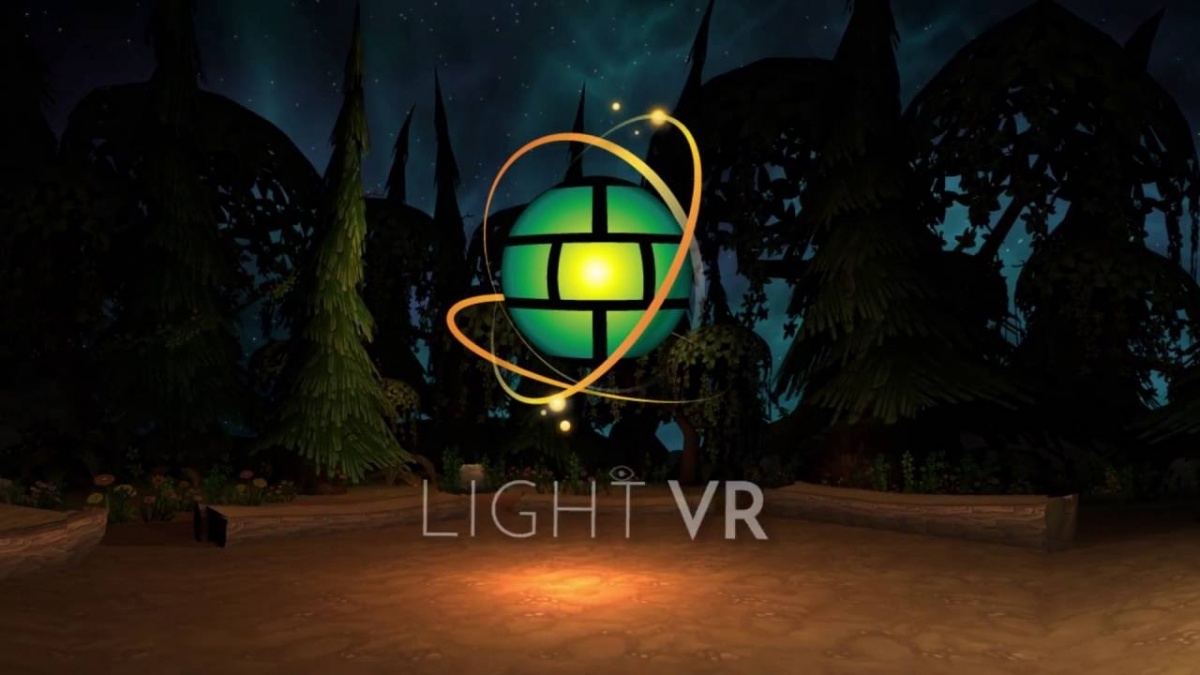
It should be stressed that, first of all, LightVR is still very early in the development, and to say it is a little rough around the edges is an understatement. The status of being Early Access on Steam attests to this. Frequent crashes are to be expected. However, it was more than useable in the time Cubed3 had to spend with it.
It should also be stated that, at the time of writing, the software is primarily built for the HTC Vive with its touch controllers used for gestures to control movement and object placement. The build Cubed3 used was functioning on the Oculus Rift, which does not release its specific touch control system until 6th December.
Where LightVR is differentiating itself from other virtual desktop applications is in the feature of supporting multiple desktop screens that can be wrapped around the player and then can obviously be viewed in a complete 360-degree swivel. Have a movie playing on one screen while browsing the web, or maybe YouTube open while catching up on some work on a Word document. All it takes is a gesture using the touch controls to pull up a new browser and place it anywhere, in any direction.
One really noticeable thing implemented is seemingly a much clearer screen. In a lot of other Virtual Reality desktop offerings, there are a lot of problems with text being a real pain to read. The level of focus and sharpness prevents a comfortable reading experience of the various fonts on display. It is possibly a keener attention to anti-aliasing, but here in LightVR things are a lot clearer and the issue of white screens dominating the field of vision is, at the very least, less noticeable.

 Sign In
Sign In 17.11.2016
17.11.2016
 Subscribe to this topic
Subscribe to this topic Features
Features






 Top
Top

